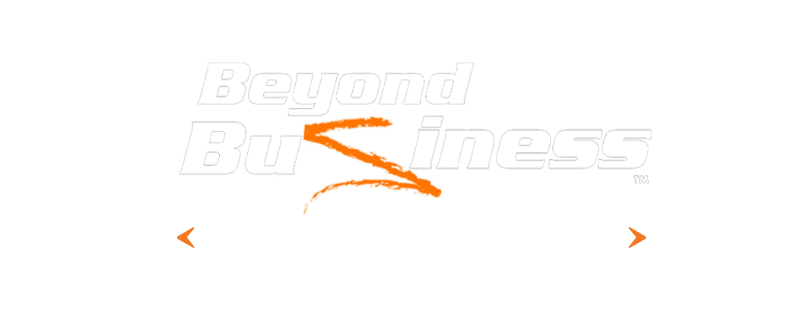The problem is inevitable: After starting your startup, you’ve solidified your operations, found a few customers, and even started making (a little) money. But now you’ve hit a plateau, and sales are flat. Your company needs to grow to survive, and you’re searching for a spark. You’re probably asking, “What’s next?”
But take heart—every successful Secret CEO™ faces this problem eventually. While what you’re selling might be unique, this growth dilemma is not. There are only two basic ways to grow your business: sell the same stuff to new people, or sell new stuff to the same people. Even the biggest brands, like Starbucks and Dunkin’ Donuts, must continuously reinvent themselves to expand. Recently, these two coffee giants gave their legacy brands a jolt, and now you can too.
Pin this photo for later!
Sell the Same Stuff to New People
Sparking your sales starts by answering two essential questions: First, what do you sell? And second, who buys it? For most small businesses to grow, start by selling the same stuff to new people, because developing a new customer is often cheaper than developing a new product. Take the things you’re already selling and ask yourself, “who else would buy this?” Then use your existing product or service and adapt it to fit a new market. For businesses with a small-but-loyal customer base, even a slight shift can make a big difference.
“For most small businesses to grow, start by selling the same stuff to new people.”
For example, after saturating the northeast U.S. region, Dunkin’ has quickly expanded by developing a new line of ready-to-drink bottled drinks. By taking their existing product – iced coffee – and repackaging it for supermarket sales, Dunkin’ has unlocked a new customer base outside its traditional restaurants and generated $150 million in new sales. These grocery shoppers might not make a daily trip to a coffeehouse but still love the traditional Dunkin’ coffee products. Plus, by growing its consumer-packaged-goods division, the brand has quickly expanded westward into a new geographic market, all without making significant changes to its core products.
Sell New Stuff to the Same People
Of course, you can also grow by introducing new products and services. This approach works best for businesses with an established clientele who already know, like, and trust your brand. If your sales are steady but small, focus on developing new items you can upsell or cross-sell to your existing customers. Even if you only have a few customers, you already have a significant advantage in market research. Ask them what else they want, and develop new items to meet their needs. Incentivizing your current customers to buy more is the fastest way to grow.
“Incentivizing your current customers to buy more is the fastest way to grow.”
Starbucks is renowned for its loyal daily customers, which it calls “members.” But while AM sales are strong, encouraging these members to return to stores in the afternoon is tricky. The company has focused on “beverage innovation” in new cold drinks to build their business, like Nitro Cold Brew and matcha tea. Starbucks promotes these new products to existing members through their rewards app. Afternoon sales are frothy so far, with a 4% increase in average ticket sales. Notably, Starbucks hasn’t had to pour dollars into opening new stores, recruiting new members, or high-profile advertising. Instead, they’ve leveraged product innovation and their existing customers to grow.
Two Key Questions
Although your startup might not be the size of Dunkin’ or Starbucks (yet!), their different growth strategies in a saturated marketplace are applicable for businesses of all sizes and stages. Whenever your sales are flat, start by asking two key questions, “What do you sell?” and “Who do you sell it to?” The answers will guide your growth strategy.
If you’re selling a great product but lacking customers, focus on selling the same stuff to new people. Or, if you already have a solid group of customers but sales are slow, work on selling new things to the same people. With so much advice available, this simple strategy helps you concentrate on the two primary growth levers: product and people. No matter the scale, industry, or history of your startup, these questions, approaches, and levers remain constant. Whenever you get stuck, it’s always important to refocus on what you’re selling and who’s buying it. Soon, you’ll see new opportunities brewing!
Adapted from Greg’s upcoming book, The Entrepreneur in You →

